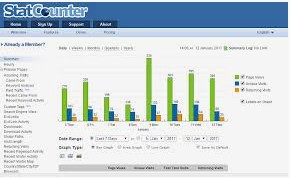Learners’ Cognitive Level: Learning Outcomes Based Analysis
DOI:
https://doi.org/10.15642/ijet2.2018.7.2.131-139Keywords:
Learning outcome, learning taxonomy, cognitive domainAbstract
This study aimed at revealing students’ level of cognitive domain depicted in learning objectives of the TOEFL subject matter. Using learning outcomes based analysis, this study further sought to investigate the attainable learning outcomes. The investigation covered an identification of learners’ cognitive level, in what level the learners’ cognitive skill is in relation to learning taxonomy and whether the learning outcomes was attainable or not. This study used two different data collection methods, they were textual analysis of learning outcomes and observation. The analysis referred to analyzing the currect syllabus used in TOEFL teaching and learning process while the observations were conducted during the learning process to find out the suitability between stated learning objectives and the learning activities carried out in the class as well as their relationship to the application of learning taxonomy. As a result, it was revealed that the the designed syllabus was not well formulated in terms of performance objectives. In relation to cognitive domain, the objectives did not use proper action verbs that it discouraged to unreachable learning outcome. In fact, the students’ cognitive level was at ‘understanding’ level that it could not achieve the outcome set in ‘applying’ level.










